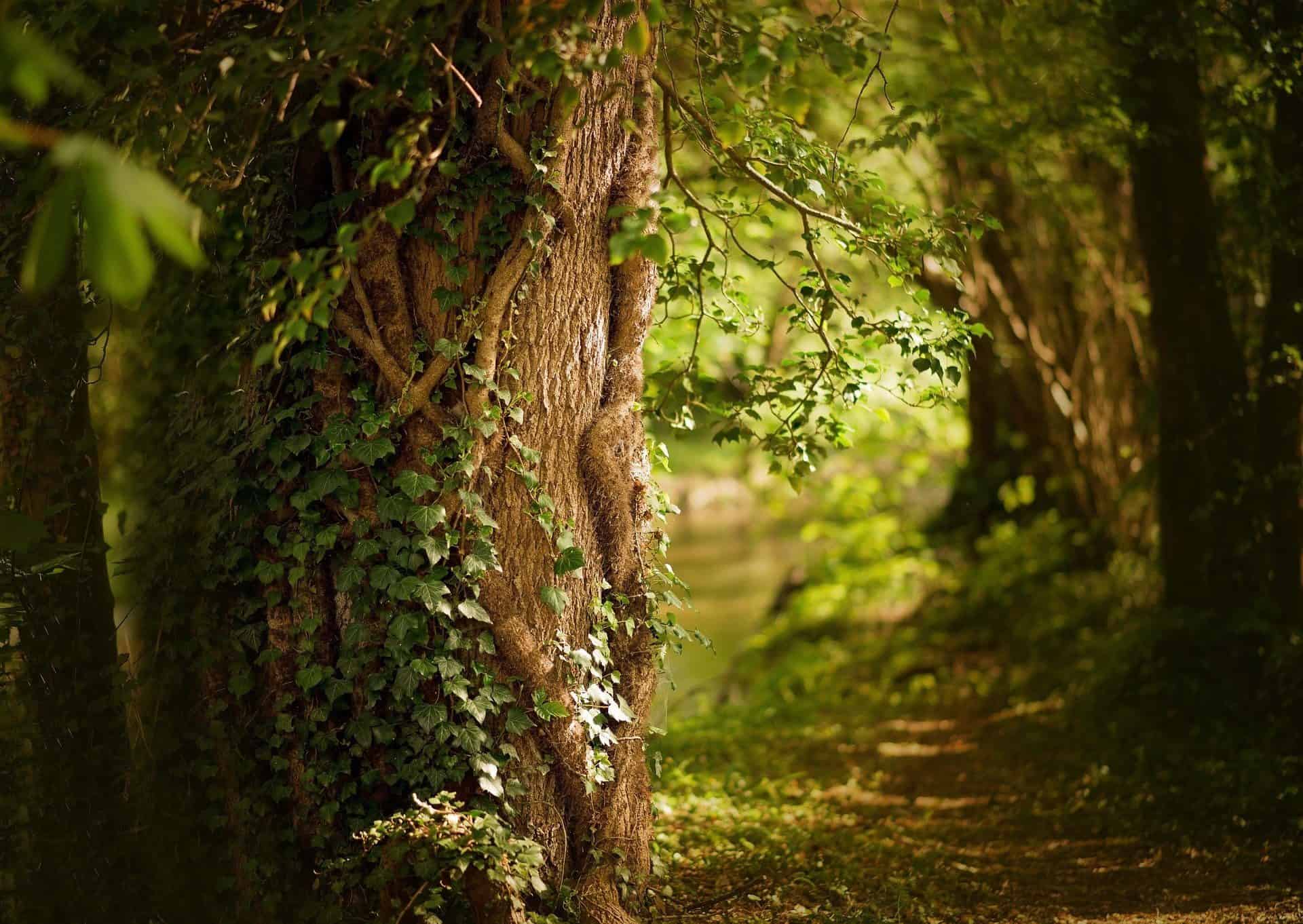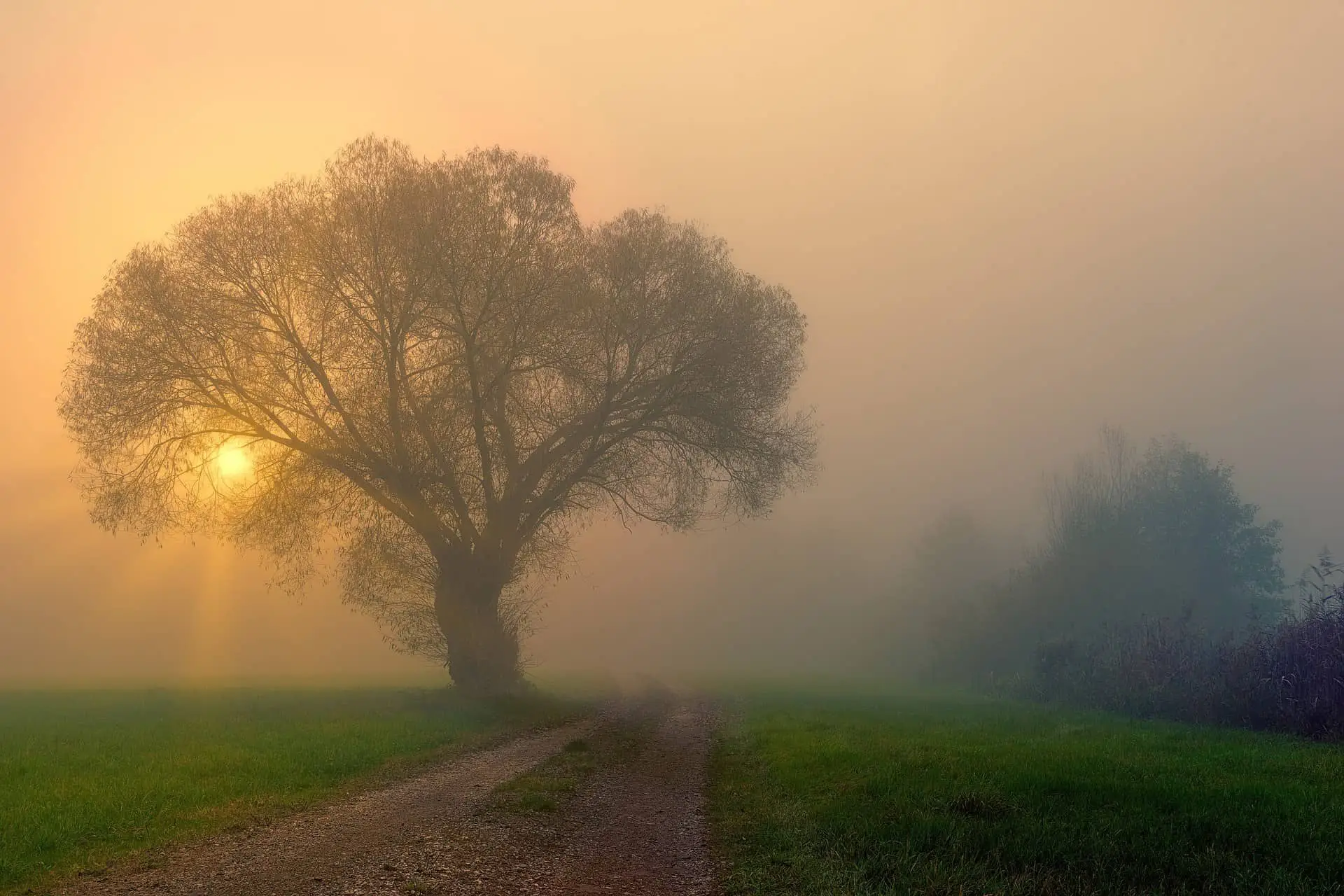Note: Our site links to archery and bowhunting products sold by outside vendors, and we may earn a small commission if you purchase an item after clicking one of these links. Learn more about our affiliate program.
In this post, we’re going to review the Bee Stinger Pro Hunter Maxx. It’s one of Bee Stinger’s top-tier stabilizers—and maybe their top bow stabilizer overall—and there’s a lot we like about it. In fact, we think it’s one of the best bow stabilizers out there right now.
- Pro hunter Maxx Stabilizer 10 inch matte black new 2016
- Bee Stinger hunting Stabilizer
- Matte black
But, because we’re a bunch of Negative Nancies, there are a few things we don’t like, and we’ll tell you all about it. To get started, we’ll begin with a…
SUMMARY: BEE STINGER PRO HUNTER MAXX REVIEW
The Pro Hunter Maxx is a well-designed, highly-capable stabilizer designed to do 3 things: 1) reduce vibration in the bow during and after arrow release; 2) tamper down some of the sound and twang a bow makes during and after arrow release; and perhaps most importantly, 3) provide balance for the bow, to enable you, the archer, to get better groupings and more long-distance accuracy.
We think the Maxx delivers well, and we think it’s a great option for bow hunters and 3-D archers alike. We would not recommend it if you’re looking for an out-of-the-box stabilizer—because it’s adjustable, it requires some set-up—and we don’t recommend for hunters who find themselves in extremely thick hunting environments because it’s on the longer side, and you’ll probably get tangled up when trying to take a shot. For just about everybody else, though, we think this is fantastic.
Pro Hunter Maxx: Pros and Cons
We’ll start with…
Pros: What We Like, With 2 Strong Features in Particular
The first two pros we’ll talk about are “signature” features of most Bee Stinger stabilizers, and they’re probably why Bee Stinger has so many devoted fans:
The Pro Hunter Maxx is Highly Adjustable. Many stabilizers are a single item, and you screw it into your riser, and you’re good to go. The Pro Hunter Maxx is the opposite of that—it’s a multi-piece tool that you’ll need to put together. It consists of a stabilizer bar with internal dampening material (and we’ll talk about that in a minute), a center piece you add to the middle of the stabilizer, and three weights you can attach to the end of the configuration.
Those three weights—a 4-ounce weight, another 4-ounce weight, and a 2-ounce weight—are the tools you can use to adjust the stabilizer to your needs. If you find that your sight pins waver over your target when you aim, you can add another weight, and in theory, you should have an easier time placing your sight pin on your target and keeping it there.
By our estimation, those three weights give you the following weight combinations: 2 ounces, 4 ounces, 6 ounces, 8 ounces, and 10 ounces (keep in mind, that *doesn’t* include the weight of the stabilizer rod itself, so it can be a little bit heavy, and we’ll discuss that later). That “2-to-10-ounce” spectrum is an incredibly wide range of stabilizer weights, and you can experiment to find what works for you—by adding greater weight, you’re effectively mimicking a much longer stabilizer, and the longer the stabilizer, the more bow balance you can achieve on your shot.
That’s why competitive target archers use stabilizers that can be more than *two feet* long—length adds a lot of balance, and if you can’t have length, weight is a good alternative, so that heavy weight range is actually a really fantastic feature.
It’s worth noting, too, that the weights on the Pro Hunter Maxx are much greater than the weights on Bee Stinger’s other popular stabilizer, the Bee Stinger Sport Hunter Xtreme. That features 3 x 1-ounce weights (so you’re options are 1-ounce, 2-ounces, and 3-ounces)—much, much lighter than the Maxx.
But wait, there’s more! The other benefit of that weight range is its reach: it’s designed for near-distance shots, but longer shots as well. By mimicking a longer-length stabilizer, it’s designed to enable hunters and 3-D archers a wider shot range, and that’s great if you’re spot-and-stalk hunter or a tree stand hunter with a large woodland clearing in front of you. So, the high weight of the Maxx = excellent.
(One quick note before we move on: as per Bee Stinger’s website, the weights on the Pro Hunter Maxx and the Sport Hunter Xtreme both have a thread pattern of 5/16×24 inches, so you can interchange them if you have both models. You can also buy Bee Stinger Pro Hunter Maxx Weights individually).
- 100% Machined Steel, Powder-coated
- Diameter: 2.66" Thickness: .162"
- One piece, sold individually, Stainless Steel Mounting Bolt included
It Utilizes Sims Internal Harmonic Dampener and De-resonator. This is the technology that steadies and silences the bow. If you take a close look at that name, you’ll see the word “Internal,” and that’s actually a really relevant term.
High-end stabilizers (like this one) often use proprietary materials to reduce vibration and sound, and that material is housed *inside* the stabilizer casing. Compare that to “external” dampening, which is what you’ll find in lower-tier stabilizers, which are often rubber, and often have some sort of external design feature that shakes in order to eat up some of that vibration (many models use fins to reduce vibration, like the Truglo Deadenator).
Those type of dampeners can work great, but from what we’ve seen, the internal dampeners are usually more effective, and the casing they’re housed in protects the material inside and can add to the life of the stabilizer.
That’s the case here—the vibration-dampening and sound-silencing material is inside the stabilizer itself, which on the Pro Hunter Maxx, is a carbon rod.
Our only gripe about the Sims Internal Harmonic Dampener and De-resonator tech is… well, they don’t explain it very well! Usually companies do a better job describing what their gear does because they want to brag a little bit, but we haven’t been able to find detailed notes about how that material actually *works.*
It certainly has a lot of fans—Bee Stinger enjoys a very good reputation—and while we might not understand the science behind it, we’d still like to know!
Anyway, that’s a small gripe. The important aspect of that feature is that it’s proprietary material inside a casing, and it’s designed to gobble up noise and vibration.
It’s Manufactured in Three Patterns. They are, at present, full black, Mossy Oak Break-Up Country, and Realtree Xtra. That’s always nice. Our only gripe about the appearance of the stabilizer is that it has that bright “Bee Stinger” logo on it—even on the camo options—and we’re sticklers about being as invisible as possible. That’s a small gripe, though—it’s not *that* bad.
It’s Manufactured in Three Different Lengths. At present, the stabilizer is made in lengths of 8, 10, and 12 inches. It seems like most stabilizers are far shorter than that (and we mentioned the other popular Bee Stinger earlier, the Pro Hunter Xtreme—that’s made in lengths of 6, 8, and 10 inches). So the Maxx is on the longer side of things. That design can provide more balance and dampening, but it also means…
It’s Great for Taller Archers. If you’re a tall fella/gal and you’ve got a very long draw length, chances are pretty strong you’ll need a serious counterweight to balance out that draw length. A longer stabilizer (perhaps the 10-inch or 12-inch), along with some aggressive weighting, may be a good option.
It’s Good for Bowhunting *and* 3-D Archery. This is our last bit of praise before we get into the cons. Not all stabilizers transition well between 3-D archery and bowhunting, and it’s hard to find a model that can be good for both. The Maxx, because of its longer length and higher weight, can actually be used as a “2-in-1” tool, and we know of plenty of people who use it for both activities.
- Pro hunter Maxx Stabilizer 10 inch matte black new 2016
- Bee Stinger hunting Stabilizer
- Matte black
OK, now that we’ve praised this thing out the wazoo, let’s bring it back to down to earth. While we think it’s really great, it’s not perfect, so let’s talk about…
Cons: Nothing Terrible, But What We Less-Than-Love
We’ll start with a feature we just praised…
It’s Heavy! We’ve been talking about how great the weight range is, and that’s the truth—but sometimes you don’t want all that weight, *especially* if you’re a guy/gal who likes to really hike and hoof into your hunting environment. Combined with whatever other gear you have, all that weight can really tucker you out.
There are plenty of bow stabilizers that weigh what a single weight in the Maxx weighs, and one example would be the Truglo Deadenator that we mentioned earlier. That entire stabilizer only weighs 4 ounces. So if you’re a fan of ultra-light gear—or if you need a bunch of other equipment on your riser that adds weight—this may not be the perfect choice for you.
It’s Not Great for Out-of-the-Box Use. Adjustable stabilizers are great because you can get them “juuuuuuuuuuuust so” and fit your own unique draw cycle. But that journey to “juuuuuuuuuuuust so” can take a while, and you’ll have to add/remove weights, shoot, record results, etc. until you find out how each weight distribution works for you.
That kind of thing is… how do we say this? We live for that kind of thing, but if it burns you out, you may want to go with a stabilizer that has a set weight. You can screw it into your riser, and you should be good to go.
It’s on the Long Side. This is another one we mentioned as a perk, but if you’re a bowhunter and you find yourself drawn to hunting environments with really dense thicket and brush, an 8/10/12-inch stabilizer can make bow movement difficult. It can be very frustrating to find game, have a shot, and then not be able to orient your bow because your stabilizer gets stuck behind a branch.
Keep in mind, *most* of us don’t face that issue—it seems like most shots go off in at least a few square feet of moveable space—but it’s something to consider if your environment is uniquely dense.
Here’s our advice, in terms of length—and take this as you will; only you can truly know your needs: in heavy brush, a tree stand, or a blind, an 8-inch might work, or a 10-inch if you can maneuver yourself well. If you’re in more open spaces, like a lot of hunters in the Western United States, the 12-inch model may make a lot of sense.
It Looks a Little Like a Plunger… but you can’t use it like a plunger. Another neither-here-nor-there complaint.
Let’s Tie This All Together
The real standout feature on the Pro Hunter Maxx, in our humble opinion, is the range of adjustability. Every single bow is different, and every single archer is different. Pretty much any well-made stabilizer will add some heft and balance to your bow, but one that you can adjust to the needs and quirks of your own draw cycle is fantastic—especially when you consider that the needs and quirks of your own draw cycle will change over time, as you develop/lose strength, as your bow limbs/bow strings age, etc.
So, to sum up: we think this is a great option for bowhunters and 3-D archery enthusiasts, and for any bowhunters/3-D archers interested at shooting at great lengths. The real sticking point is understanding your needs, so choosing the right length stabilizer is something you want to get right. This is one of Bee Stinger’s top-tier stabilizers, and with proper care and usage, it’s designed to lend balance during your arrow release, and dampen down some vibration and noise to boot.
Alright, that wraps it up for our Bee Stinger Pro Hunter Maxx review. We hope that helps. Good luck, shoot straight, and stay safe!
- Pro hunter Maxx Stabilizer 10 inch matte black new 2016
- Bee Stinger hunting Stabilizer
- Matte black






